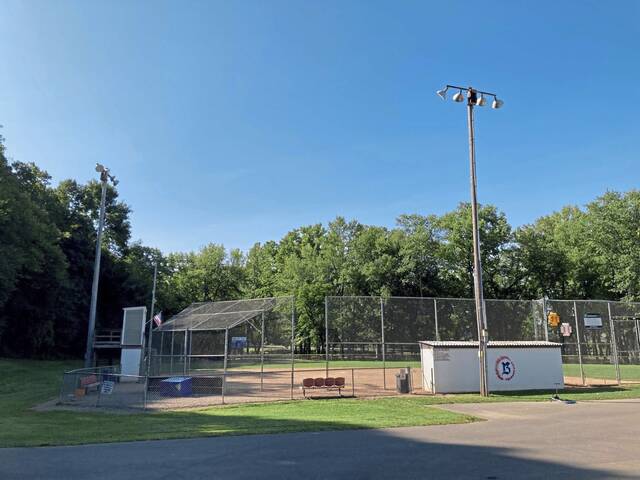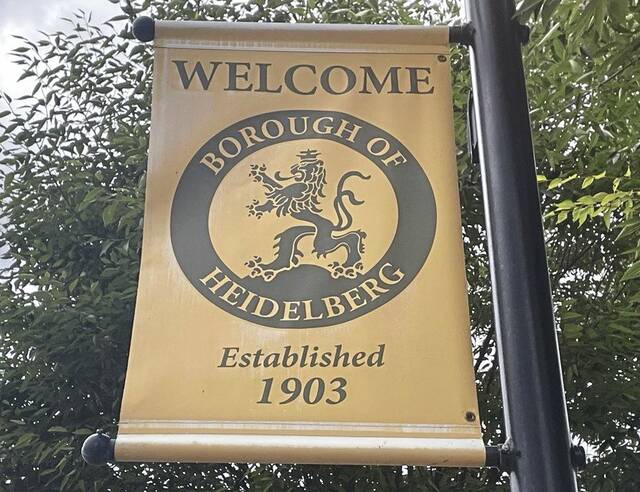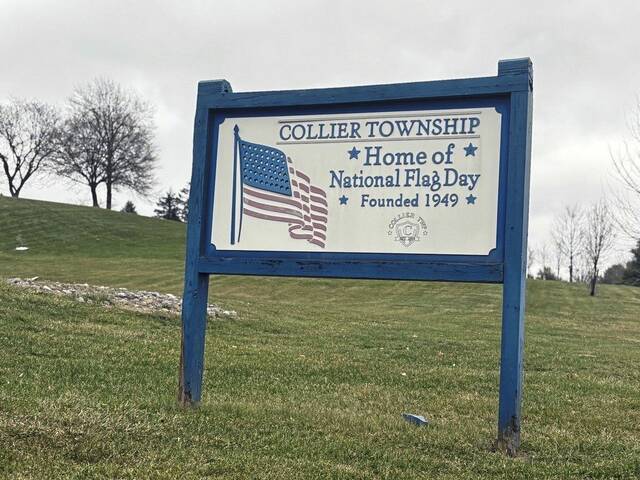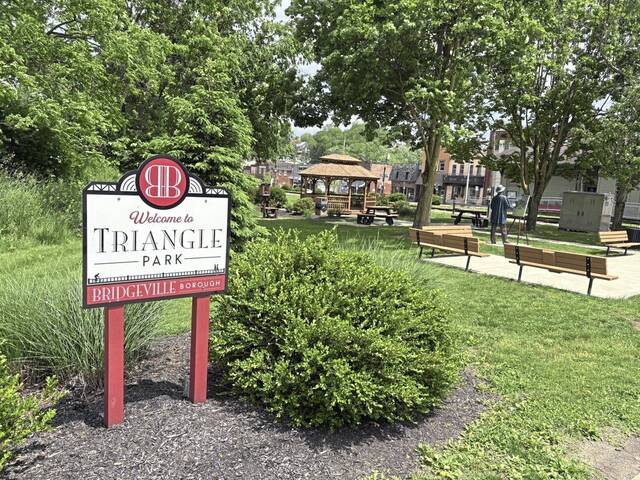One of my responsibilities at Pitt has been coordinating the Civil Engineering Department’s Senior Design Project program. In this program each senior, in his/her last semester, is required to participate as part of a multi-discipline team in a challenging “near-real-world” design project.
This semester, one of our teams studied flash flooding in the McLaughlin Run watershed. The quality of their work was impressive. The June 20, 2018, flood, which covered Baldwin Street with 8 feet of water, was the focus of their efforts. It is well known that flooding in this watershed has been aggravated in recent years by commercial and residential development; the key to understanding its consequences was the development of a mathematical hydrologic model of it.
They did this using the Army Corps of Engineers HEC-HMS software package. It provided them with the capability of predicting the volume of stormwater runoff in McLaughlin Run for any arbitrary combination of rainfall intensity and duration.
Separately, they were able to calculate the carrying capacity of the channel at any point, including the six places where it passes under bridges or through culverts in Bridgeville.
Their study predicted a maximum flow rate of about 1,500 cubic feet per second, very close to the theoretical carrying capacity of the channel under the bridges if they were clear of debris.
In recent years, new developments have been required to make provision for temporary storage of surplus runoff to minimize the impact of heavy storms. This is typically done with retention ponds or buried storage tanks. Unfortunately, this occurred much too late for the McLaughlin Run watershed.
A proper long-term solution would be the installation of a series of retention ponds scattered along the length of McLaughlin Run. The team estimated that the volume of water in the Baldwin Street neighborhood was about 15 acre-feet; half a dozen one-acre retention ponds would be sufficient to contain that volume.
This would require cooperation by all three communities in the watershed, a highly unlikely event. Consequently, the team decided that they should focus their efforts on solutions that were within the control of Bridgeville Borough.
These include improvement of the McLaughlin Run channel within the borough limits, the addition of trash racks to keep debris from plugging the passageway through the bridges and culverts, and the necessary modifications to make the baseball field in McLaughlin Run Park function as a detention pond.
As part of their investigation of the problem, the team attended a meeting of the Bridgeville Planning Commission at which a representative of an environmental services company recommended condemning all the properties in the Baldwin Street neighborhood, demolishing them, and converting the area into a massive detention pond, a recommendation obviously unacceptable to a group of competent engineers.
The short-term plans to remediate the problem, which were presented by Borough Manager Lori Collins, were generally similar to the team’s recommendations. Her report of early discussions with Upper St. Clair and Bethel Park also suggested the proper long-term solutions might eventually be implemented, permitting the Baldwin Street neighborhood to survive and prosper.
This was my last term as coordinator of the Senior Design Project program; I was pleased with the performance of all seven teams and especially the one that implemented the McLaughlin Run study.
John F. Oyler is a contributing writer.
You can reach him at 412-343-1652
or joyler@icloud.com. Read more from him at mywutb.blogspot.com.







